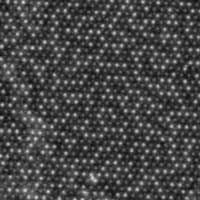 Researchers reported an atomically thin 2D sensor that works at room temperature and thus consumes less power than conventional sensors.
Researchers reported an atomically thin 2D sensor that works at room temperature and thus consumes less power than conventional sensors.
Monday, March 29, 2021
This nanosensor could turn your smartphone into a supersmart gas sensor
 Researchers reported an atomically thin 2D sensor that works at room temperature and thus consumes less power than conventional sensors.
Researchers reported an atomically thin 2D sensor that works at room temperature and thus consumes less power than conventional sensors.
Tires turned into graphene that makes stronger concrete
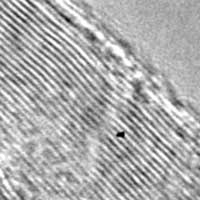 Researchers have optimized a process to convert waste from rubber tires into graphene that can, in turn, be used to strengthen concrete.
Researchers have optimized a process to convert waste from rubber tires into graphene that can, in turn, be used to strengthen concrete.
Standing out: Unusual magnetic transition in perovskite oxide can help boost spintronics
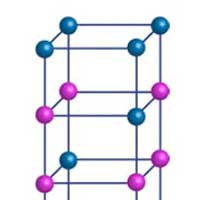 Scientists examined the perovskite oxide PbFeO3, a compound that has evaded inspection until now, owing to difficulties in synthesizing samples and resolving its crystal structure.
Scientists examined the perovskite oxide PbFeO3, a compound that has evaded inspection until now, owing to difficulties in synthesizing samples and resolving its crystal structure.
Method offers inexpensive imaging at the scale of virus particles
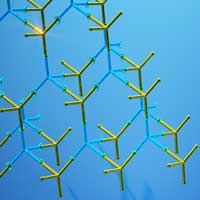 Using an ordinary light microscope, researchers can now obtain images with unprecedented accuracy.
Using an ordinary light microscope, researchers can now obtain images with unprecedented accuracy.
Scientists use nanotechnology to detect bone-healing stem cells
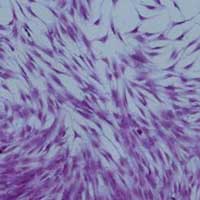 Researchers have developed a new way of using nanomaterials to identify and enrich skeletal stem cells - a discovery which could eventually lead to new treatments for major bone fractures and the repair of lost or damaged bone.
Researchers have developed a new way of using nanomaterials to identify and enrich skeletal stem cells - a discovery which could eventually lead to new treatments for major bone fractures and the repair of lost or damaged bone.
Putting a spin on Heusler alloys
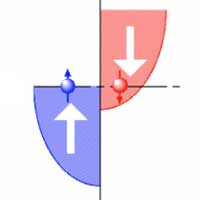 A review on the latest research of the various types of Heusler alloys summarizes the field?s main achievements up to 2020.
A review on the latest research of the various types of Heusler alloys summarizes the field?s main achievements up to 2020.
Kirigami-style nanostructure fabrication may open new world of micro and nanostructures
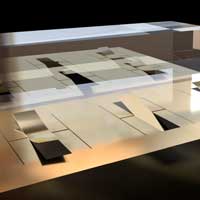 Using a technique that mimics the ancient Japanese art of kirigami, a team of researchers may offer an easier way to fabricate complex 3D nanostructures for use in electronics, manufacturing and health care.
Using a technique that mimics the ancient Japanese art of kirigami, a team of researchers may offer an easier way to fabricate complex 3D nanostructures for use in electronics, manufacturing and health care.
The road to quantum computing
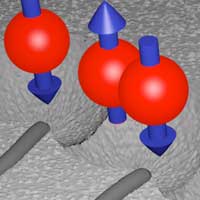 The race for the quantum computer will most likely be decided at the quantum bit (qubit) ? the smallest information unit of the quantum computer. The coupling of several qubits into a computing system is currently one of the greatest challenges in the development of quantum computers.
The race for the quantum computer will most likely be decided at the quantum bit (qubit) ? the smallest information unit of the quantum computer. The coupling of several qubits into a computing system is currently one of the greatest challenges in the development of quantum computers.
Contact lenses poised to detect cancer, treat disease and replace digital screens
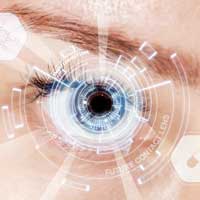 Newly-published 'contact lens technologies of the future' paper reviews innovative uses for disease detection and therapy, drug delivery, vision enhancement and more.
Newly-published 'contact lens technologies of the future' paper reviews innovative uses for disease detection and therapy, drug delivery, vision enhancement and more.
Electromagnetic fields of nanostructures visualized in 3D for the first time
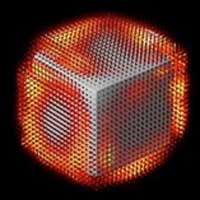 Scientists have succeeded in imaging so-called surface phonons in three dimensions for the first time. The research success could accelerate the development of new, efficient nanotechnologies.
Scientists have succeeded in imaging so-called surface phonons in three dimensions for the first time. The research success could accelerate the development of new, efficient nanotechnologies.
Subscribe to:
Comments (Atom)
